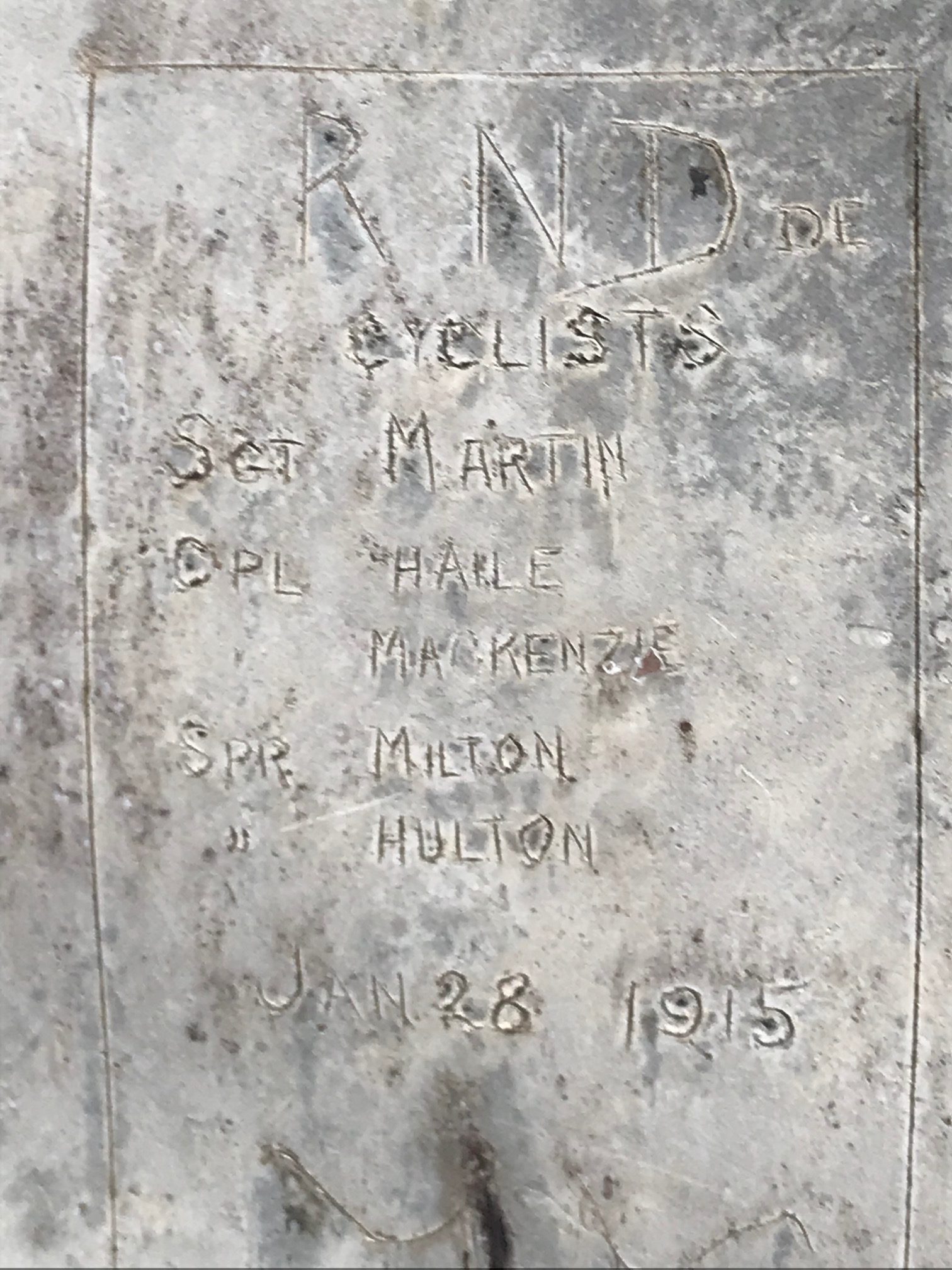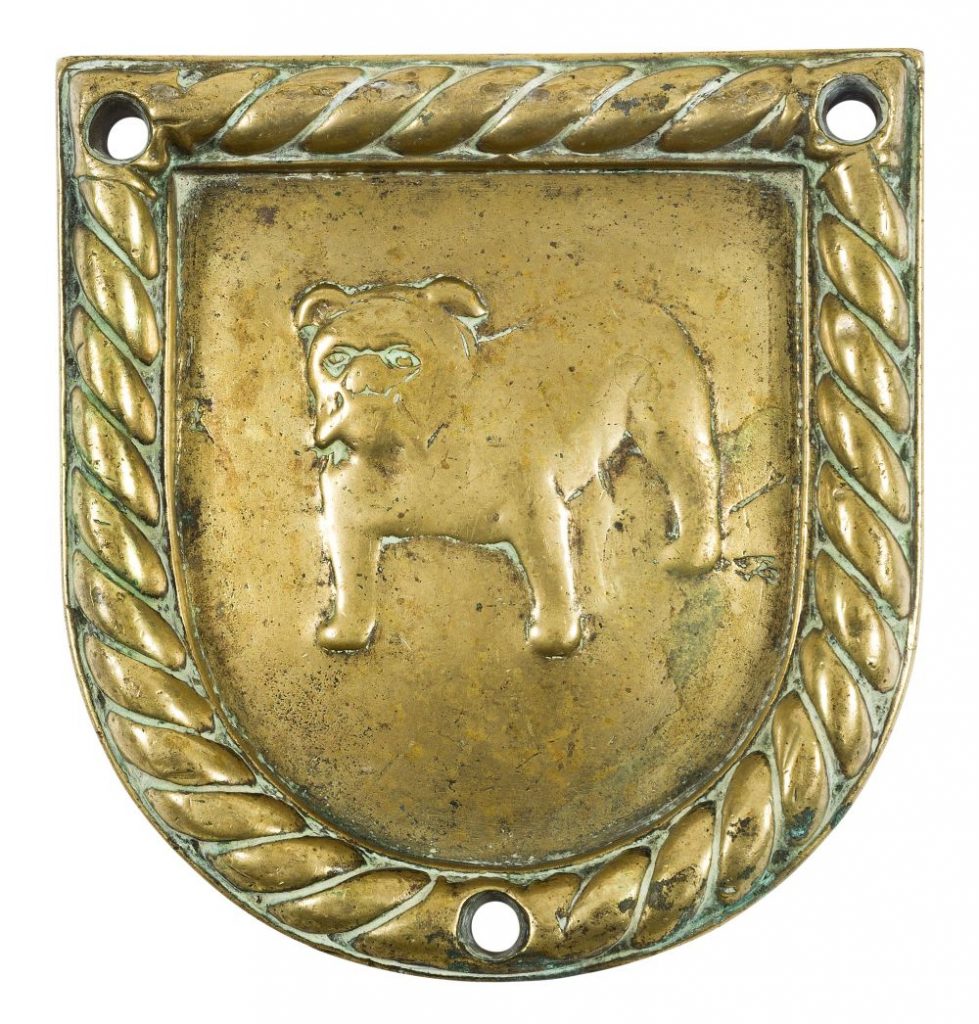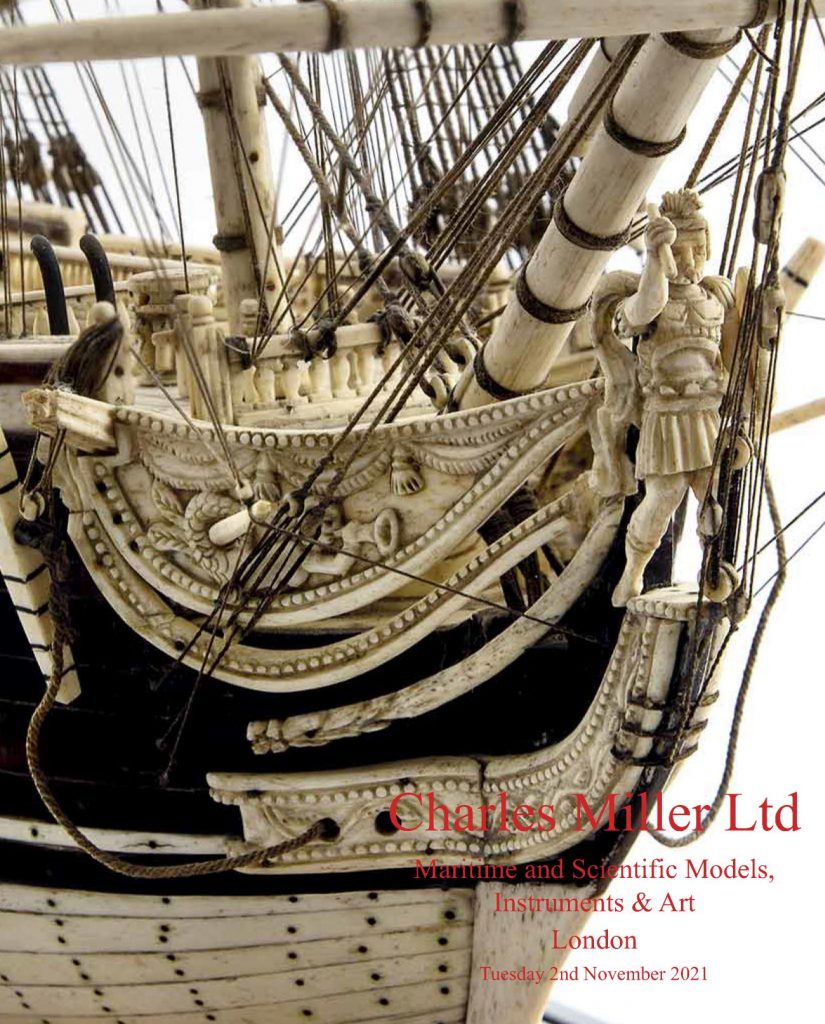When I wrote about repairs to the the church spire a week or so ago I was given the name of someone to talk to who had some in-depth knowledge of the graffiti, so I reached out to ask for a short quote to accompany the story. What I received back was much, much more than a simple quote. It is an in-depth piece of investigative research with a story that needs re-telling, and remembering in its own right.
Peter Ewart, the man behind this unique research, has given me his kind permission to publish his words and the very special story of one particular piece of graffiti from the church spire here:
“Like all historic buildings, graffiti seems to appear over the years and the lead on the spire is no exception, most of it being simple “signatures” and dates of ordinary visitors and locals. As the lead was last renewed in 1883, there’s nearly a century and a half of it covering the surface, much of it on top of each other by now – or there was, before the lead was stripped before Christmas.
A couple of years ago I was having a good look at it while I was up there, noticing a few soldiers leaving details amongst al the rest. They were mostly of WW2 vintage, sometimes noting rank and unit and well as name and date, but several were obscured by later names. Then, a bit lower down, and therefore escaping the obliteration by later names, was a little cluster, or column, of 5 names, not that easy to see in some lights, and scratched less deeply than some. A group of WW1 servicemen. Although they contained only surnames and rank, no first name or even initials.
On a cold, dry day in January 1915, five British servicemen were occupied in signalling practice on the top of Ash church tower, the highest feature for miles around. On concluding their duty, they scratched their surnames and ranks on the lead of the spire itself, before leaving Ash for ever.
Remarkable! One can easily imagine this bunch of young volunteers mischievously and laughingly leaving their “calling card” on the spire before descending the steep flight of stone steps for the last time.
Who were they, then, these five anonymous young Tommies? What a puzzle! We have a wonderful snapshot of a single moment in their young lives, but what happened to each of them? Where did they go?
I was intrigued and challenged myself to see if I could identify them by research.
After spotting the little cluster of names, it has been fascinating to research and gradually identify those five volunteers who “left their mark” in Ash that day, and discover their fortune or fate during the Great War. A sad task, too, as all five appear to have succumbed. Three fell that very year, of whom two – an electrical engineer and a mechanical engineer – sailed for the Dardanelles together only four weeks after their cold day on our tower, and lived just four more months, dying of gunshot wounds at Gallipoli only three days apart. They lie very close together in the peninsular’s “Lancashire Landing” cemetery. Back here in Ash, their scratched names, along with those of their three comrades, have defied wind, rain and snow for a hundred years.
Knowing this particular graffiti wouldn’t survive the restoration, last autumn I accompanied the roofer up to the spire and guided him to this and a few other examples deserving of preservation. He cut them out there and then and we now have half a dozen pieces awaiting a suitable display in the church before too long. It’s good to think these men won’t be forgotten.“
If you would like to read a fascinating and much fuller account of these brave men, their stories and the detail behind where they served, and who they were before being called to service, please visit page 22 of the Parish Magazine dated November 2018.
Thank you once again to Peter Ewart for his kind permission to publish an excerpt of his work here.





Fantastic, great to hear that these brave men’s graffiti has been preserved
What an amazing story and so lovely that Peter took the time to research these 5 men. It’s very moving. Loved the Parish Magazine article too.